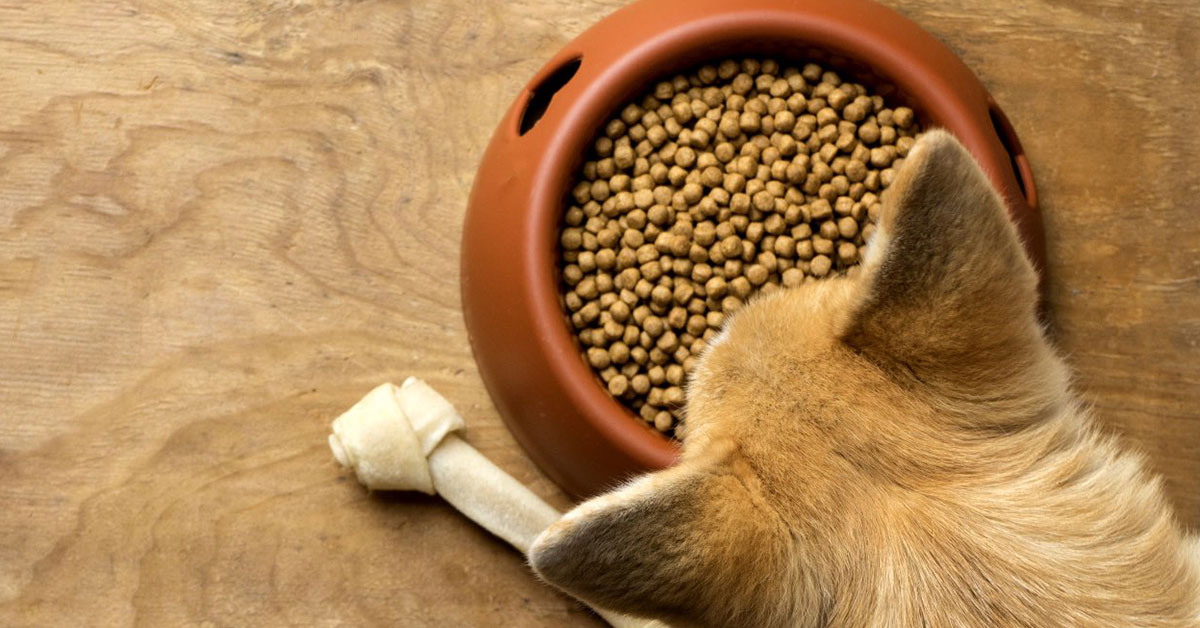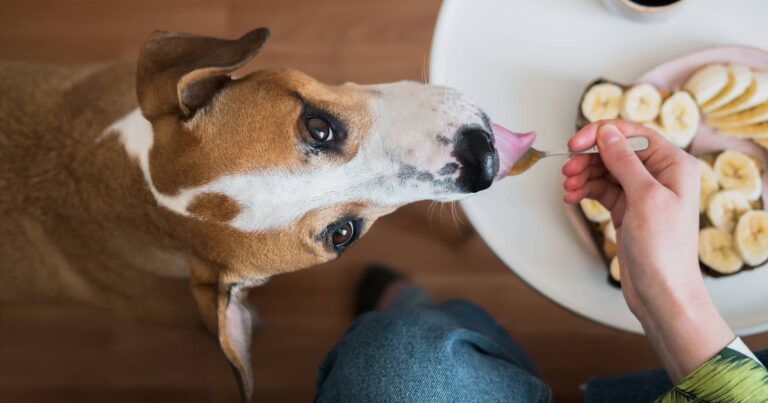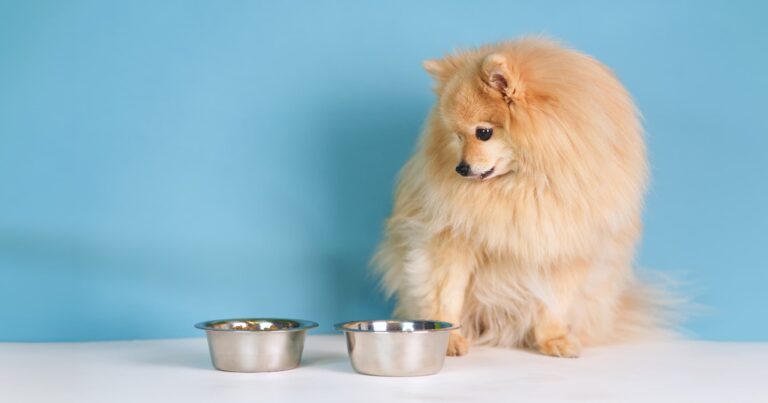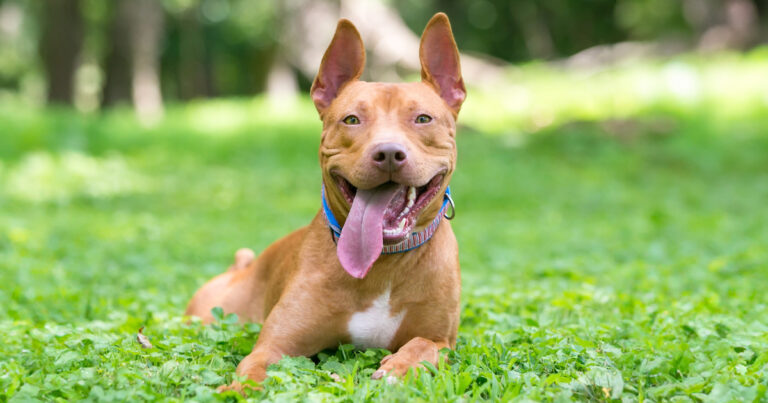You’ve probably heard of probiotics — and possibly prebiotics — from food shows, supplement commercials, your doctor or even your pet’s veterinarian. But do you know what they are and what they do? More importantly, should your pet be getting either one or both?
Researchers have learned a lot about the gastrointestinal (GI) tract’s role in health and wellness, including things like the benefits of fiber and the influence of the microorganism communities that live in the GI tract. Armed with this knowledge, many people have become interested in probiotics, prebiotics and how they support digestive health. And of course, this interest and awareness has been extended by pet owners to their dogs and cats.
While research continues in this area of pet nutrition and veterinary medicine, here are the basics.
Are there really “good” bacteria?
Yes! The GI tract is one place where invisible communities of highly active and adaptable microorganisms thrive. Collectively called the intestinal microbiota, an estimated 100 trillion microbes are present in the intestines of dogs — that’s roughly 10 times the number of cells in their whole body. Similar numbers are thought to comprise the intestinal microbiota of people and cats. Most — about 99 percent — of the community members are bacteria, which can be simply described as a balance of “good” and potentially “bad” bacteria. In a normal, healthy GI tract, intestinal microbes:
- Provide a protective barrier that helps keep potentially harmful microorganisms from taking up residence
- Help digest food
- Provide nutrition for key cells of the intestines
- Play an important role in GI tract and immune system development.
What are probiotics?
Simply put, probiotics are live microorganisms, such as bacteria and yeasts, that may provide health benefits when administered in adequate amounts. The microorganisms chosen for probiotics are similar to the “good” bacteria found naturally in the intestines. Common probiotic bacteria that may be beneficial to pets include certain Lactobacillus, Enterococcus and Bifidobacterium species.
What are prebiotics?
Prebiotics are nondigestible components of food ingredients that promote growth and activity of select “good,” or beneficial, bacteria in the large intestine. To be considered a prebiotic, a compound must not be broken down by stomach acid or digestive enzymes and must be selectively fermented by certain microorganisms.
While the term prebiotic may seem unfamiliar, chances are you’re already well-acquainted with some types of prebiotics. One of the most common is dietary fiber, such as the fiber found in chicory root and dried plain beet pulp. In fact, prebiotics — in the form of fermentable fibers — have been used in pet foods for decades.
How do probiotics and prebiotics work?
A balanced microbiota is very important to maintaining good intestinal health. However, stressful situations, such as boarding, traveling or moving; abrupt food changes; dietary indiscretions, such as eating spoiled food, garbage and other non-food items; antibiotic treatment; parasites and other factors can disrupt the balance of intestinal bacteria. When that happens, populations of harmful microorganisms can grow, damage the intestinal lining and cause diarrhea and other health issues.
Probiotics are designed to introduce beneficial bacteria into the GI tract, helping to restore the balance back to normal. When probiotic bacteria are able to take up residence in the intestines, they help other good bacteria compete with harmful ones for nutrients and intestinal binding sites and help the immune system fight off disease-causing microbes.
Prebiotics work by providing intestinal bacteria with fuel they can use to thrive. Although prebiotic fibers aren’t broken down by digestive enzymes, bacteria can ferment them. Byproducts of this process can then be used for energy by cells of the large intestine.
You can find them in food
As some pet owners learn more about their pets’ nutrition and health, they’re choosing to feed pet food enhanced with prebiotics and probiotics. It’s an easy way to supplement your pet’s diet with probiotics preemptively. (Fermentable fiber that doubles as a prebiotic is easily and frequently included in many commercial pet foods.) At Diamond, we believe healthy digestive and immune systems are vital to the overall health of your pet. That’s why every Diamond Naturals dry dog food formula is enhanced with K9 Strain Probiotics and every Diamond Naturals dry cat food formula is enhanced with Viables Probiotics. K9 Strain and Viables Probiotics were developed specifically for use with our dry dog and cat foods to help maintain a healthy gut. Each strain is purified and guaranteed to be free of potentially harmful bacteria. And because probiotics are added to our kibble after the cooking process, these beneficial bacteria are guaranteed to be live, active cultures.
As always, if you have any questions about your pet’s health or nutrition, please talk with your veterinarian. Next to you, your veterinarian knows your pet and your pet’s health issues best.







